Taiwanese sometimes refer to something being very “local,” using the English word even in Chinese, when it has a particular flair that might not be found anywhere outside of (often rural) Taiwan. It can refer to speech, clothing, an activity or even just the general atmosphere of a place; it is generally used as a form of approval or even admiration for someone’s rural quirkiness and a willingness to embrace the local environment and culture while warmly welcoming anyone who cares to share in the experience. Well, the Cigu Lagoon (七股潟湖) tour in Tainan was one of the most “local” experiences I’ve had in Taiwan and I absolutely loved it.
The meeting point in Longshan fishing village (龍山) was a small office building and kitchen with an attached seating area: concrete floor, plastic chairs and a roof made of that ubiquitous corrugated steel. The family’s young children were running around like they owned the place (which, I suppose, they do) and everything was very casual: park where you like, seat yourself anywhere you like, eat as much as you like. Despite the rather unimaginative decor, the atmosphere here was fantastic: the staff were extremely friendly, a nice view of the fishing harbor was framed by the front of the patio and illuminated brightly by the warm southern Taiwan sun, while everybody at the tables was smiling as they eagerly waited for the oysters on their charcoal grills to finish cooking.
When they told us to eat as much as we like, they weren’t lying: guests can go back and fill their basket with fresh oysters as many times as they’d like, and the staff regularly replenish the hot charcoal in each table’s grill. For NT$20, you can get a soya sauce and wasabi kit, which goes surprisingly well with barbecued oysters. Not only is this feast already included in the tour’s NT$250 ticket price, but you can eat both before and after the boat ride on the lagoon, so make sure to arrive early.
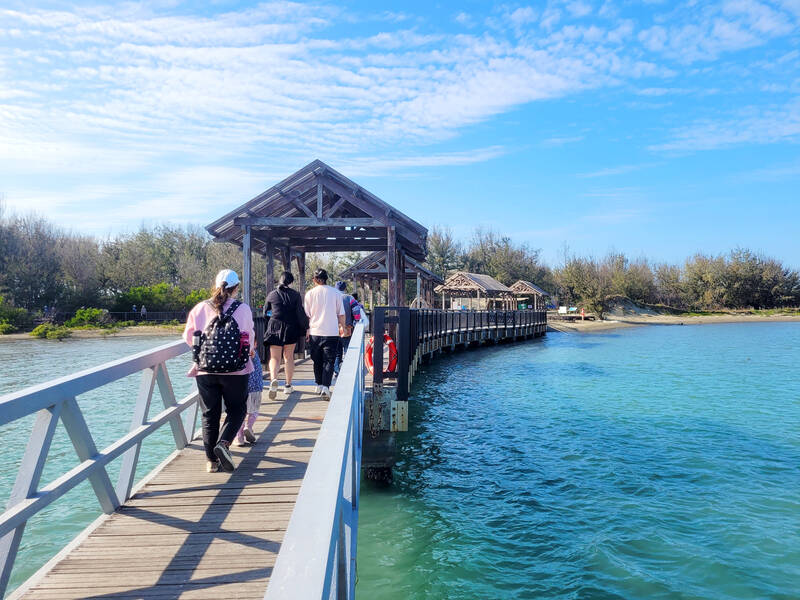
Photo by Tyler Cottenie
CIGU LAGOON
We hopped on the boat with about 10 others and set out for the lagoon. After passing through a narrow manmade channel for a while (including one corner so tight that the driver had to make a three-point turn with the boat), we passed under Highway 61 and entered a wider expanse of ocean. However, unlike the open sea, there were no swells here and the place was absolutely littered with aquaculture equipment: bamboo poles and racks as far as the eye could see.
The Cigu Lagoon, now about 1,100 hectares in size, is the final remnant of the much larger Taijiang Inner Sea (台江內海), the lagoon that was so important in Taiwan’s early colonial history. This is where both the Dutch and Koxinga, also known as Cheng Cheng-kung (鄭成功), established their foothold on Taiwan. Then, during heavy rains in 1823, the river now known as the Tsengwen River abruptly changed its final course southward and poured into the Taijiang, severely silting it up and creating new land that still exists today. The remaining part of the lagoon is at the mouth of the Cigu River in Cigu District, hence “Cigu Lagoon”; however, the local name for the Taijiang in Hokkien (meaning simply “inner sea”) has persisted to the present day.
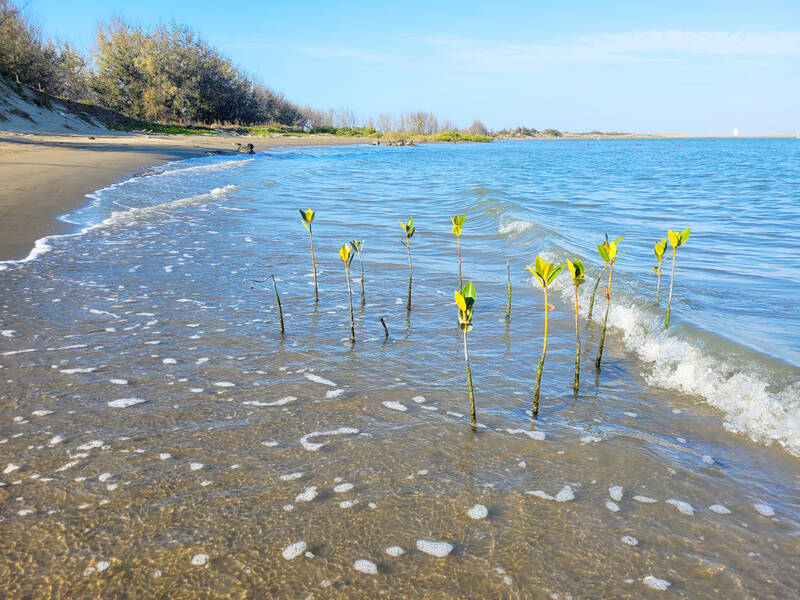
Photo by Tyler Cottenie
As we neared the sandbars on the far side of the lagoon, a dock and wooden walkway established by the Taijiang National Park came into view. Several operators from Longshan village run trips to the sandbar, but I would recommend trying to get on a tour guided by the owner of the company I toured with, Longheng Tourism. He has a wealth of information to share on the local wildlife and oyster farming industry, which he shares with genuine enthusiasm.
WILDLIFE AND FARMED LIFE
As soon as we had docked, our guide ran off barefoot onto the sand, digging holes, chasing after crabs and pointing out anything else of interest to us. We made our way to the far side of the island first, where the waves of the Taiwan Strait were breaking on the sandy beach. Here, in the foam of the waves sliding up and down the beach, he told us to dig with our feet and look for little white flecks, which he said were “clams dancing.” Sure enough, these little specks that appeared to be uninteresting white pebbles or even flecks of plastic trash to the untrained eye were actually tiny clams. As the water slid back toward the ocean, they would turn upright and start wiggling the back end of their shell, driving themselves downward until they disappeared in the sand.
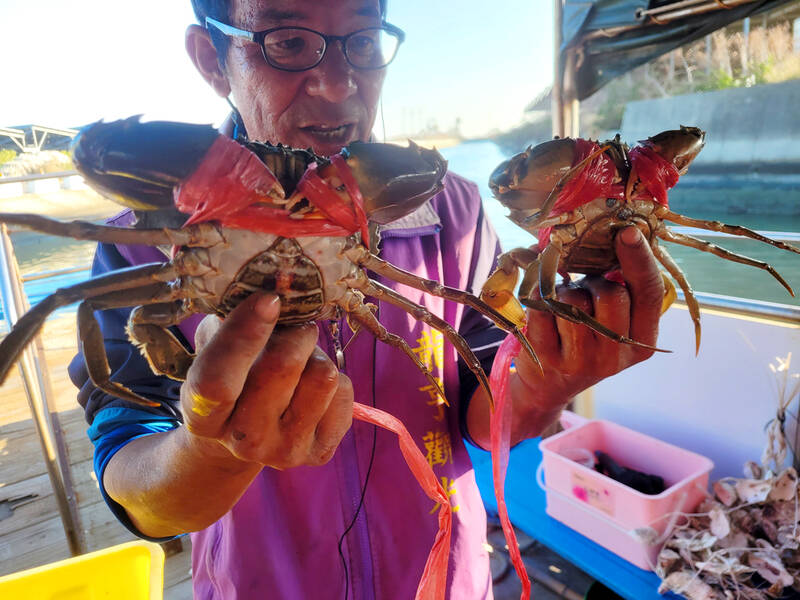
Photo by Tyler Cottenie
He caught several different crabs to show us, and found an insect that creates a volcano-like depression in the sand, under which it waits for its next meal: an ant that falls into the small depression overhead. We also learned how to identify the direction of tidal movement and whether or not the oysters in the lagoon had released their eggs or not. Much to my relief, the guide explained everything not in Hokkien, as one might expect in a Taiwanese fishing community, but in Mandarin so that I and the several tourists from Hong Kong could understand. Unfortunately, there are no English tours available here at present.
We got back on the boat and continued our tour, with the next stop being on the lagoon itself, at one of the company’s floating oyster racks. Those who wanted to could get off the boat and walk on the bamboo supports of the rack to get a closer look. He pulled one string of oysters up to let us feel the weight of it and took one oyster into the boat for further inspection. I had been taught about these oyster farming rigs before on a trip to Dongshi in Chiayi County, but being able to see one up close was much more interesting.
THE GUIDE CONTINUES TO IMPRESS
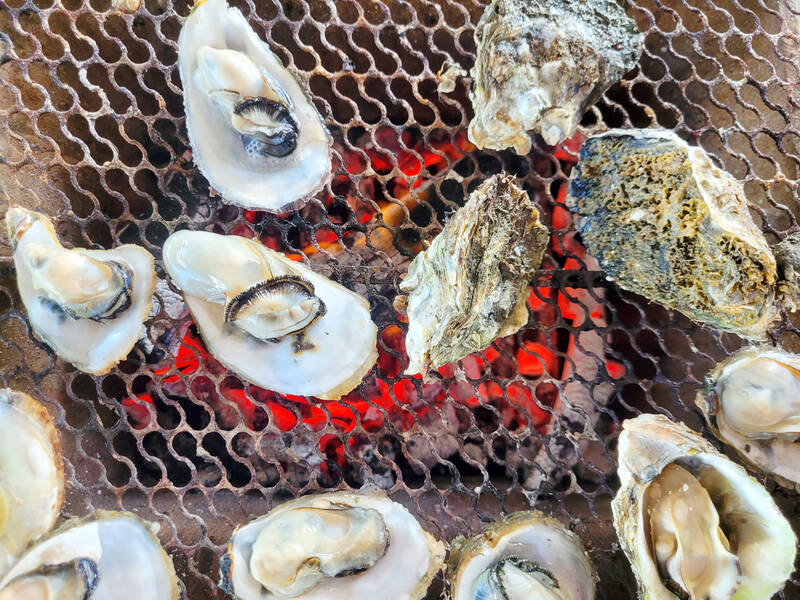
Photo by Tyler Cottenie
During the return trip, the guide opened up the oyster he had just collected and went into great detail about its anatomy. Most people think of an oyster as sort of a formless blob, but we were able to see its heart (still beating) and its egg or sperm pouch, and we learned about their entire life cycle in the lagoon. The guide also had some large crabs on board and taught us how to distinguish males from females, if they had mated or not, how many times they had mated and how to select the crabs with the most meat at the market. The guide talked all the way back to the dock, and I’m sure he could have continued for another two hours, such is the breadth of his knowledge of the area.
Once off the boat, everyone returned to the patio to warm up by the charcoal grills and barbecue some more oysters, having gained a deeper appreciation for these sea creatures and the work that goes into farming them. The owner/guide made his way around the tables, making sure everyone was enjoying their food and was satisfied with the tour. He actually apologized to us for taking so long on the beach that we didn’t have time to go digging for clams, normally part of the tour. I told him not to worry: that was something I could look forward to the next I came, as I would definitely be back.
To join a tour, contact Longheng Tourism (龍亨觀光) at 0917-088-079 (Chinese only) or show up at Longshan village early on a weekend to sign up in person.

April 14 to April 20 In March 1947, Sising Katadrepan urged the government to drop the “high mountain people” (高山族) designation for Indigenous Taiwanese and refer to them as “Taiwan people” (台灣族). He considered the term derogatory, arguing that it made them sound like animals. The Taiwan Provincial Government agreed to stop using the term, stating that Indigenous Taiwanese suffered all sorts of discrimination and oppression under the Japanese and were forced to live in the mountains as outsiders to society. Now, under the new regime, they would be seen as equals, thus they should be henceforth

Last week, the the National Immigration Agency (NIA) told the legislature that more than 10,000 naturalized Taiwanese citizens from the People’s Republic of China (PRC) risked having their citizenship revoked if they failed to provide proof that they had renounced their Chinese household registration within the next three months. Renunciation is required under the Act Governing Relations Between the People of the Taiwan Area and the Mainland Area (臺灣地區與大陸地區人民關係條例), as amended in 2004, though it was only a legal requirement after 2000. Prior to that, it had been only an administrative requirement since the Nationality Act (國籍法) was established in

Three big changes have transformed the landscape of Taiwan’s local patronage factions: Increasing Democratic Progressive Party (DPP) involvement, rising new factions and the Chinese Nationalist Party’s (KMT) significantly weakened control. GREEN FACTIONS It is said that “south of the Zhuoshui River (濁水溪), there is no blue-green divide,” meaning that from Yunlin County south there is no difference between KMT and DPP politicians. This is not always true, but there is more than a grain of truth to it. Traditionally, DPP factions are viewed as national entities, with their primary function to secure plum positions in the party and government. This is not unusual
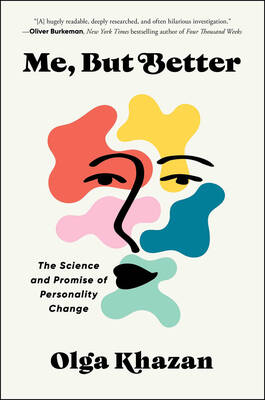
The other day, a friend decided to playfully name our individual roles within the group: planner, emotional support, and so on. I was the fault-finder — or, as she put it, “the grumpy teenager” — who points out problems, but doesn’t suggest alternatives. She was only kidding around, but she struck at an insecurity I have: that I’m unacceptably, intolerably negative. My first instinct is to stress-test ideas for potential flaws. This critical tendency serves me well professionally, and feels true to who I am. If I don’t enjoy a film, for example, I don’t swallow my opinion. But I sometimes worry